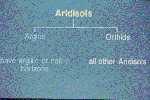 |
In the 1975 edition of Soil Taxonomy, the Orthid Suborder
was a catch-all class of soils that in the recent 7th edition have
been divided among seven Suborders, mostly among the Salids, Durids,
Gypsids, Calcids, and Cambids.
|
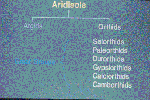 |
The six Great Groups of the obsolete Orthid Suborder were differentiated
by their subsurface diagnostic horizons that now distinguish them
at the higher, Suborder level.
|
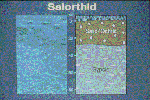 |
Salorthids, one of the original six Orthid Great Groups, were soils
with salic horizons and a groundwater table above one meter for
one month or more in most years. These soils are now classified
as Aquisalids and normally occur in depressions and closed basins
that are extremely difficult to drain. Because of this, these soils
with extreme salt content are rarely reclaimed for agricultural
use. Salids with better drainage are classified as Haplosalids and
may be candidates for reclamation.
|
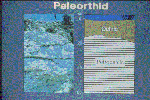 |
Paleorthids were Orthids with petrocalcic horizons within 1 meter
of the soil surface. These soils are now classified as Petrocalcids.
The presence of this cemented horizon at a shallow depth makes most
Petrocalcids unsuitable for agriculture unless the petrocalcic horizon
can be removed.
|
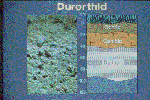 |
Soils with duripans within 1 meter of the surface used to be classified
as Durothids. These soils are now classified as Haplodurids. The
duripan commonly occurs at depths less than 50 cm and because of
this, Haplodurids are generally not developed for agriculture. These
soils are best suited for use as rangelands.
|
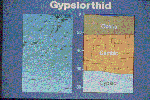 |
Gypsiorthids were the class of soils with a gypsic or a petrogypsic
horizon within 1 meter of the soil surface. These soils are now
classified as Petrogypsids, Natrigypsids, Argigypsids, Calcigypsids,
and Haplogypsids (refer to the 9th
edition for more detailed information). Irrigation water must
be closely monitored on these soils because gypsic horizons can
be partially dissolved, causing subsidence and unfavorable topographic
changes.
|
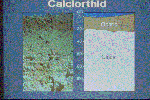 |
Calciorthids were Orthids with calcic horizons and lime throughout
the profile. They are now classified as Haplocalcids. The only horizons
normally present are an ochric epipedon and a calcic horizon. High
carbonate levels and high soil pH commonly cause iron and phosphorus
deficiencies in these soils.
|
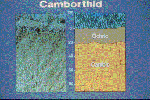 |
Camborthids were soils with a cambic horizon and generally lack
all other subsurface diagnostic horizons. These soils are now classified
as Aquicambids, Petrocambids, Anthracambids, and Haplocambids. The
last two classes of soils have few constraints for irrigated agriculture
since they lack cemented horizons, have good drainage, and do not
contain excessive amounts of soluble salts, gypsum or carbonates.
|

